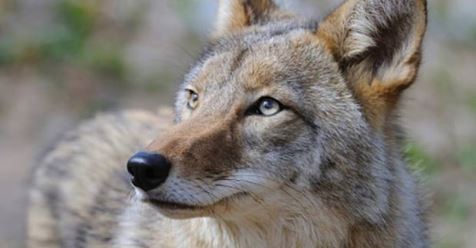Saskatchewan Sees Largest Coyote Fur Harvest On Record
Saskatchewan trappers sold the highest number of coyote pelts on record in the province last season.
According to Saskatchewan Environment, 39,416 pelts were sold by auction houses in 2017-18.
That is the largest amount since at least 1970, the earliest provincial numbers are available.
The more than $4.6 million they received for those pelts might also be a Saskatchewan record.
That sum made up more than 83 per cent of the approximately $5.5 million trappers received for all of their pelts last year — the highest proportion on record.
Provincial fur specialist Mike Gollop said western Canadian coyotes are highly valued for their coats
“It’s a side benefit of being so darn cold out here,” he said.
“It means that even trappers who perhaps aren’t as adept at putting up a perfect pelt are still getting a decent price.”
On average, Saskatchewan trappers received $116.84 for a coyote pelt last season.
The average pelt price hasn’t been that high since the late 1970’s.
Gollop said the high prices are a big draw.
“As the market has remained so strong for so long, which is a bit unusual, I think it’s just gotten a lot more folks back in,” he said. “If you notice the licence sales there in the south, they’ve gotten pretty high, and virtually all of that is coyote trappers.”
The 4,846 licences sold in the province last season was the second-highest total since 1990, as were the 2,812 licences sold to southern Saskatchewan trappers.
The president of the Saskatchewan Trappers Association said it’s a national trend.
Wrangler Hamm said the number of licensed trappers in Canada is up 20 per cent over the last five years.
Hamm said unmarketable pelts may have contributed to a down year in 2016-17.
He noted there were large losses due to mites and mange reported in several regions across the province.
“We’ve seen areas of the western part of the province go through a period over the last couple of years where some people were having massive losses — up to numbers of 70 per cent,” he said.
Hamm said the phenomenon was also observed in the eastern part of the province, but never all at once.
He also noted there is very strong demand for western Canadian coyotes among international and Canadian buyers.
As for the rest of the Saskatchewan fur harvest, Gollop said aside from the possible exception of marten and lynx in the north, it had been “pretty flat” and “not a great market overall.”



